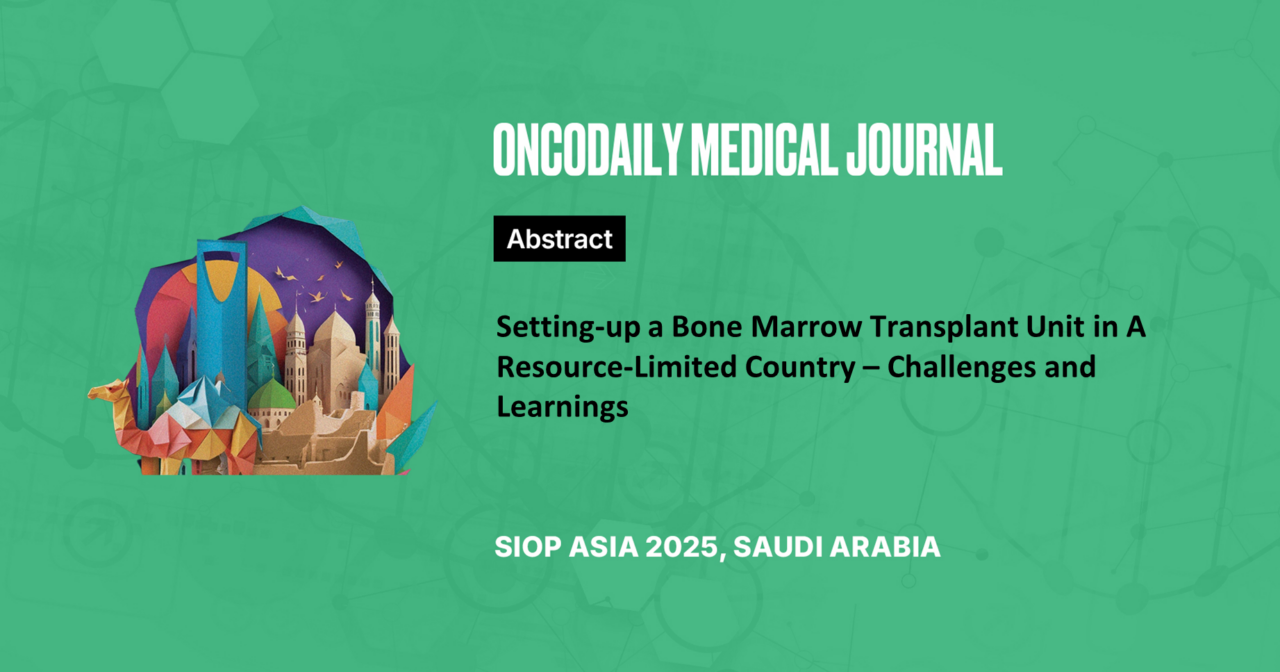Setting-up a Bone Marrow Transplant Unit in A Resource-Limited Country – Challenges and Learnings
Abstract
Introduction: Bone marrow transplant (BMT) is an integral part of the management of various blood disorders, but establishing a new transplant unit is a major undertaking.1 Resource constraints in underdeveloped countries like Pakistan compound the process further. 2,3 This study reviews the challenges and initial outcomes of our newly established transplant unit.
Methodology: The transplant unit’s activity over the past 22 months since its inauguration was reviewed. Data was collected from meeting minutes, regulatory approval documents, and patient records.
Results: The unit was initially established with a 4-room setup, designed to accommodate up to 40 transplants per year. Each room was equipped with portable HEPA filters, achieving ISO 8-level cleanroom air quality. During the first year, efforts focused on developing SOPs, optimizing conditions for neutropenic patients, establishing a drug formulary, obtaining regulatory approvals, and recruiting trained staff. Admission delays occurred on three occasions due to shortages of trained nurses and chemotherapy drugs.
To date, 11 transplants have been performed, with a median follow-up of 7 months and an overall survival (OS) rate of 90.9%. Febrile neutropenia was observed in 81.8% of cases, primarily caused by CV-line infections (n=7). Gut toxicity affected 85.7% of autografts (n=6/7), along with complications such as mucositis, cyclosporine-induced hypertension and toxicity, and platelet refractoriness requiring frequent transfusions. All four allografts achieved complete donor chimerism at 1, 3, and 6 months, with no relapses reported in the autografts to date. One patient succumbed on day +201 post-allogeneic BMT due to septic shock secondary to poor graft function.
Conclusion: BMT improves survival and quality of life for patients with bone marrow failure, hemoglobinopathies, and diverse malignancies in high-prevalence regions. However, establishing competitive units in countries like Pakistan requires substantial investment, advanced infrastructure, and coordinated efforts from healthcare professionals, policymakers, and global partners





